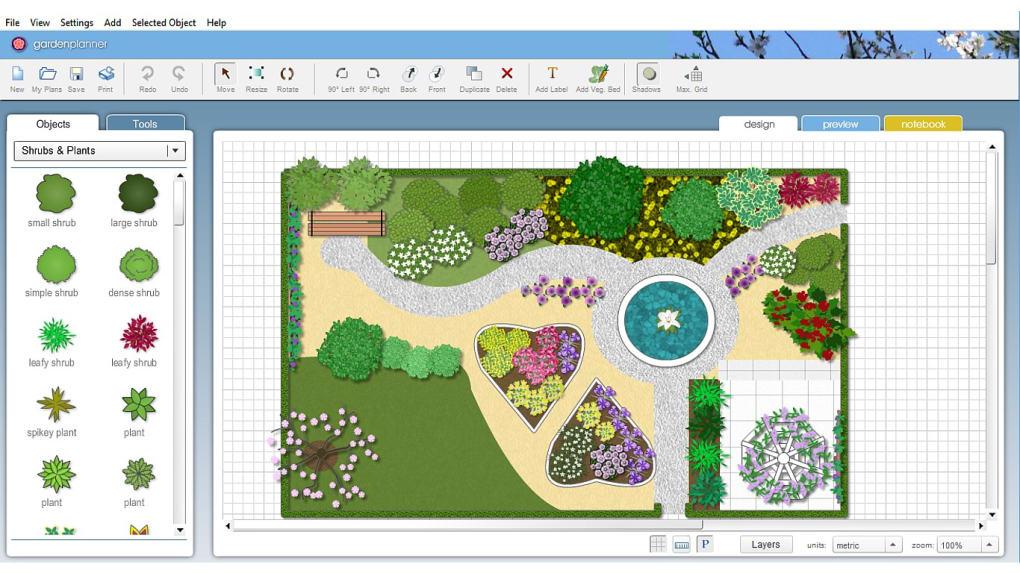

For example, my garden is actually on the north side of my property because it has full southern and western exposure.

It’s also important to keep in mind that the sunniest spot isn’t necessarily on the south part of your yard.

It might appear that a site will receive full sun, but when the tree fills back out in the spring, the site might be completely shaded. On the flip side of that, deciduous trees can throw people off when picking out a site in the winter. This means that areas that don’t appear to get much sun in the winter might receive plenty of sun in the summer. And in our region, more sunlight is always better, so if crops can get 10 or 12 hours of sunlight during the summer, that is even better.Ĭonsider seasonal sunlight.Because of the high latitude of Seattle, the sun sits much lower in the sky in the winter months than it does in the summer months. A quick overview of garden planning basics LightĪlmost all annual vegetable crops require a minimum of 6 hours of sunlight during the growing season to thrive. I think it’s helpful to separate them into those categories because the annual crops have some pretty specific requirements. This is in comparison to perennial crops, that live year after year (i.e Apple Trees, Blueberry Bushes, Raspberries). An annual crop is one that is replanted every year, which includes most of the things people think of as vegetable crops (i.e Tomatoes, Cucumbers, Lettuce, Carrots, Beets). Author's Note: To keep things simple, this blog is focused on annual vegetable crops.


 0 kommentar(er)
0 kommentar(er)
